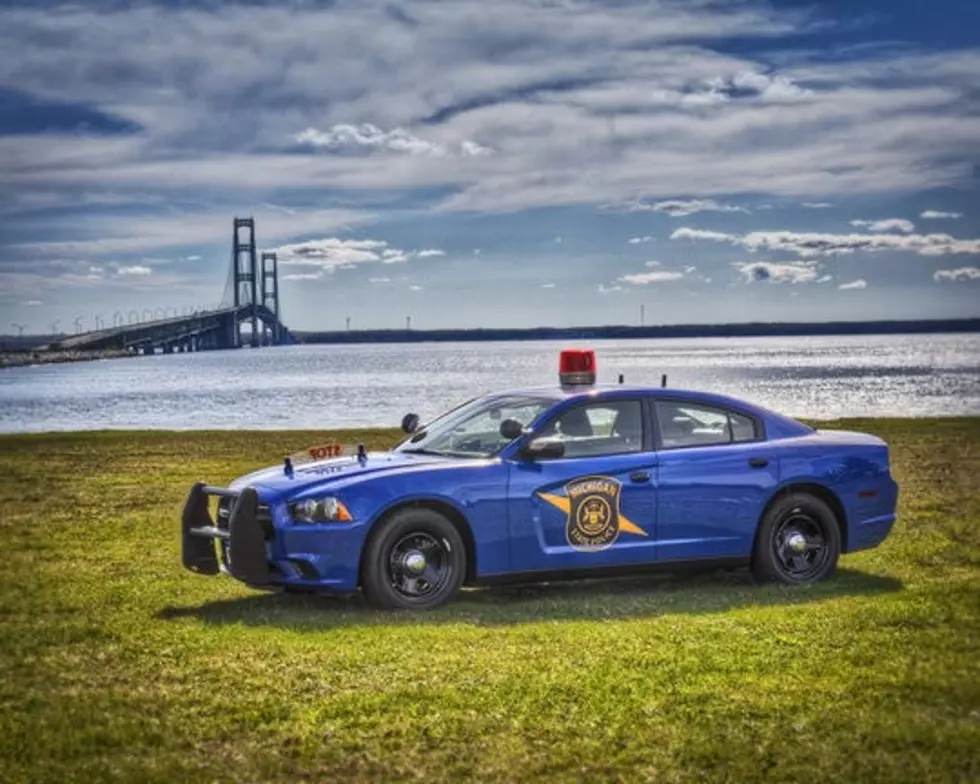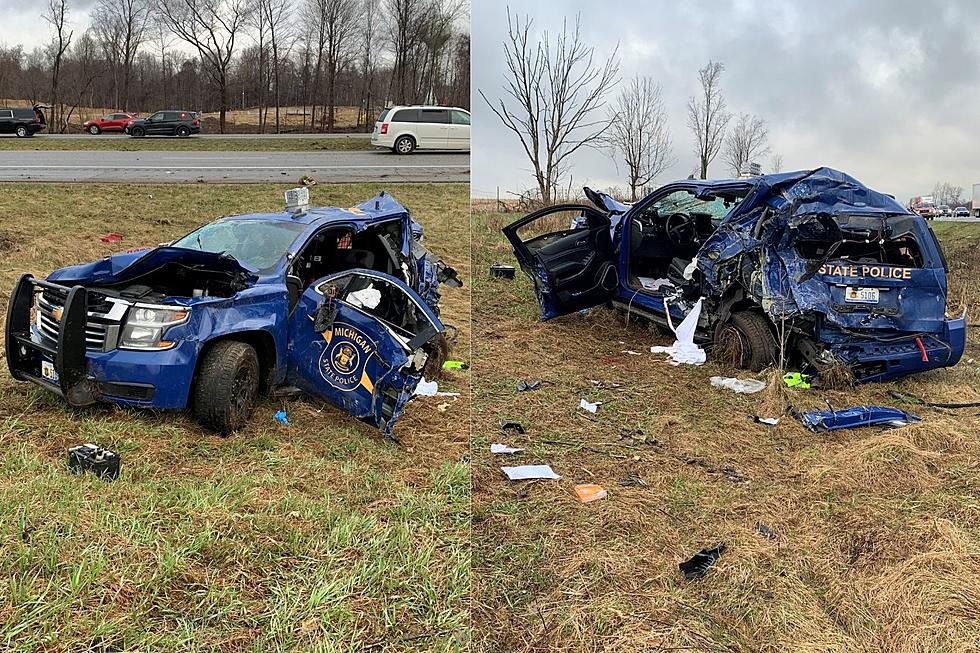
Are There Really Racial Disparities In Michigan State Police Traffic Stops?
The Michigan State Police Colonel Joseph Gasper asked Michigan State University (MSU) to perform a study to determine if there was a disparity in the ethnicity of people stopped for traffic violations in Michigan by his officers. He stated he did so because an internal Michigan State Police data reported in September of 2020 showed a “potential disparity”. Well, MSU took on that task and a year later their results have been released to the public. They named their study "Michigan State Police Traffic Stop External Benchmarking”.
The Detroit News is reporting that the study showed "racial and ethnic disparities in the frequency and outcomes of traffic stops by MSP troopers”. The devil is always in the details and more so in the detail that they did not either research or they are not publicizing.
In that report they said they found that:
- Black people are 13.6% of the state’s population but constituted 22.1% of traffic stops in 2020
- Hispanic people are 5.1% of the state’s population but constituted 2.3% of traffic stops in 2020
- Asian people are 3.1% of the state’s population but constituted 0.7% of traffic stops in 2020
That data is what they are using to surmise that there are “racial and ethnic disparities” in the MSP traffic stops. That is it nothing more. Have you identified what glaring number or data is missing from their study? Before we get to that how about their review of stops during the night. This part of their study is confusing very difficult to understand unless someone is attempting to hide something. This is what they published in their report:
The third set of benchmark analyses leveraged the “veil-of-darkness” (VOD) methodology. According to the VOD, it is more difficult for police officers to determine the race/ethnicity of a driver prior to making a traffic stop when it is dark outside. If officers are engaging in discriminatory stop behavior, this implies they are using the color of a driver’s skin when deciding whether to conduct a stop. If a larger proportion of minority drivers are stopped by the police during daylight than at night, this would be evidence of racial/ethnic disparity. Within the VOD methodology, we restricted the analyses to only those traffic stops that occurred during the intertwilight period (i.e., the earliest end of civil twilight to the latest end of civil twilight). Doing so created a natural experiment that leverages the seasonal variation in daylight to account for differences in travel patterns across groups of people.
Can anyone please let me know what “intertwilight period (i.e., the earliest end of civil twilight to the latest end of civil twilight)” is? What the heck are they talking about? I contacted a longtime police officer to ask them if they knew what that meant and their response was a chuckle followed by no.
Do they mean it is the short period of time between the blending of day to night? If so why would they say they used the “veil-of-darkness” methodology when in fact they used the “twilight” methodology? My assumption is they had to somehow finagle the numbers to get the result Governor Whitmer and the Democrats were asking for. That is not a joke after speaking with people in the law industry that is what they believe is happening here. It is in fact an election year is it not?
Now back to what glaring data is missing in this report. Not once did I read that the people who were driving the vehicles that were stopped actually deserved to be stopped. Were they actually breaking the law for which they were stopped? The rest of the report is meaningless. If they do not give us those numbers then this “study” was only performed for political purposes.
To prove what they believed they proved you would have to show that white people, committing the same traffic violations, were not stopped when people of color were.
Ask yourself why did they not study or publish the percentages of the stops that were actually legal and not legal?
Also, how do you prove that the Michigan State Police did not pull over white people when they were observed breaking the law? That would be an impossible number to determine. How about the number of non-white people that they did not stop?
Every police I spoke to about this yesterday all said we stop the vehicle not who is in it.
When your goal from the beginning is to paint the police as racist you will never study or publish data that would go against your known goal, would you?
UP NEXT: See how much gasoline cost the year you started driving
More From WBCKFM









